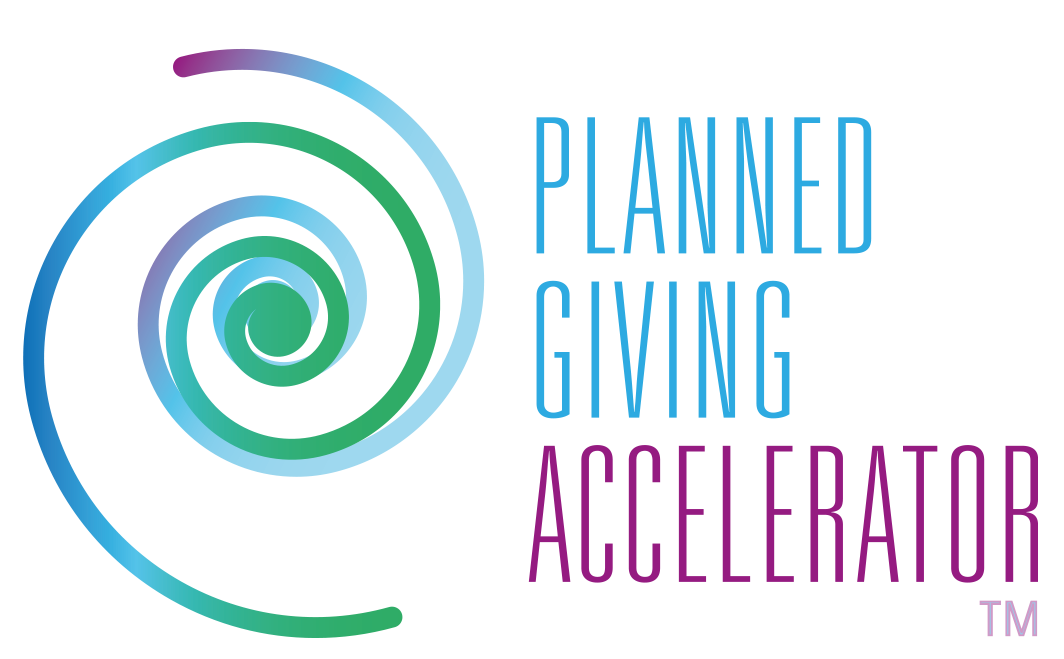There’s a common saying in the business world that your best customer is the one you already have.
For advocacy groups and other nonprofits, a similar sentiment rings true when it comes to Planned Giving. Your most loyal supporters, volunteers, and advocates may well represent your best prospects for planned gifts.
Such was the case with a well-known advocacy group that I worked with a few years back.
Working together, we developed the program focused on identifying supporters who were clearly committed to the cause and had consistently backed that up with steady financial donations.
Yet, we made sure that we also included in that group an audience that surprisingly is often-overlooked in Planned Giving outreach: the board of directors.
Creating a domino effect
As we developed the program, we not only made sure to keep the board apprised of our progress, but also to make a tactful yet direct outreach to them as potential Planned Giving donors.
We conducted some group and one-on-one meetings with them, highlighting how Planned Giving could be the cornerstone of the organization’s long-term financial stability.
Ultimately, the board chair decided to make a substantial planned gift to the organization. That created a domino effect in which other board members made commitments as well. Those planned gifts, along with others made by strong supporters of the cause, will help assure the organization has the financial resources to continue its outreach for decades to come.

Looking to start a Planned Giving program? Start in your boardroom.
Busting the myths
What’s key to making this happen? Creating and consistently executing on a focused Planned Giving program.
Too often, advocacy groups and other nonprofits take a scattershot approach to Planned Giving that may yield an occasional gift, but misses the big opportunity to build an endowment that can make a lasting impact.
There’s a wide range of reasons why organizations don’t focus on Planned Giving. I’ve found all of them are grounded in myths and misconceptions.
For instance, some argue that Planned Giving will negatively impact short-term gifts.
But studies have found that a focus on Planned Giving increases annual giving. Those who make Planned Giving commitments often feel greater affinity to the organization.
Other organizations shy away from Planned Giving because of the misperception that it is extremely complicated and time consuming – and requires the expensive services of a lawyer.
As a lawyer myself, I can tell you unequivocally that is not the case. Your organization can kick-off a Planned Giving program that is successful, scalable, easy to manage, and does not require legal support.
The reality is that Planned Giving can be a game changer for just about any established advocacy group or other nonprofit, regardless of size or past experience with Planned Giving.
As the well-known advocacy group that I worked with experienced, you may find your best Planned Giving prospects and donors within your organization’s inner circle.
And with the proper approach, chances are good they are ready and willing to discuss planned gifts that will secure their legacy — and your financial future.
Want to take the first step? Check out this free How-to-Guide.


